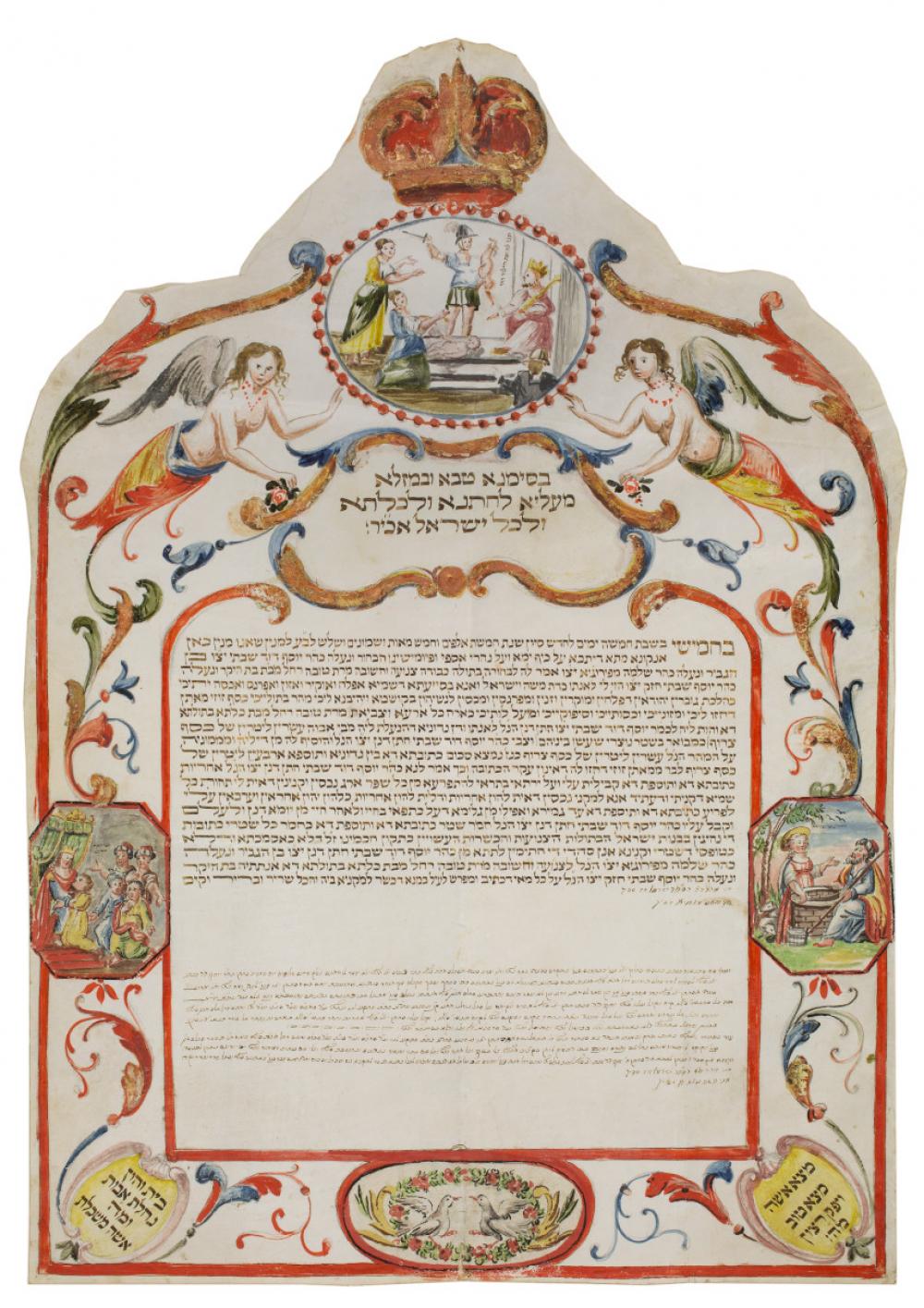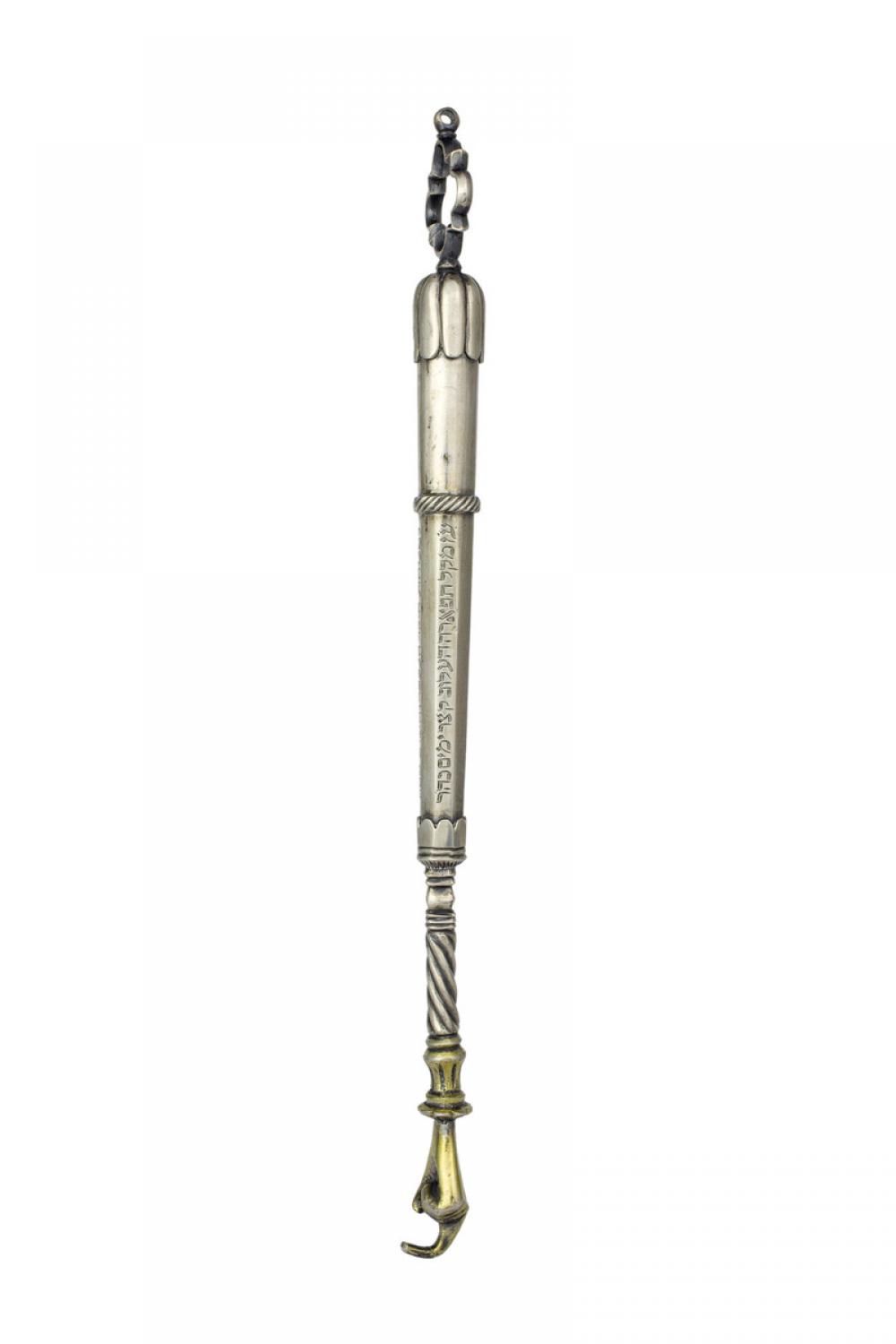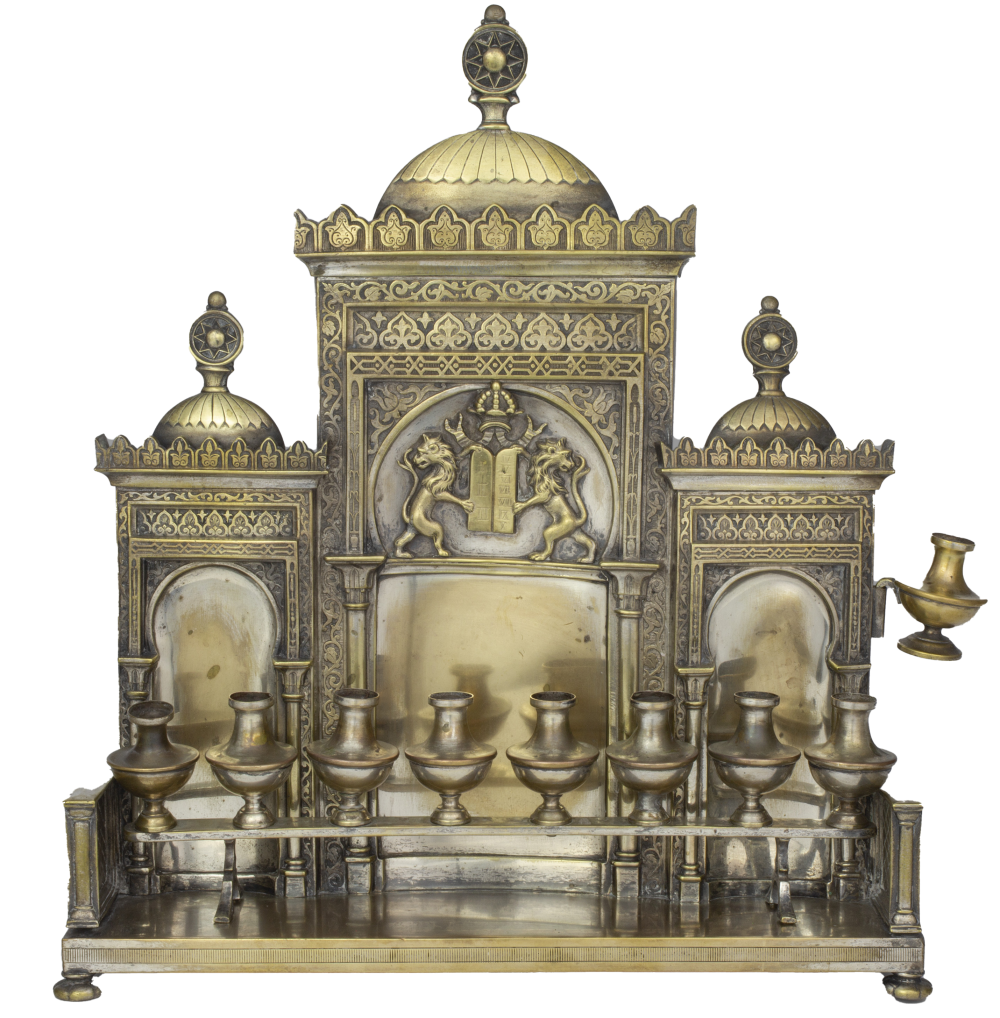Celebrating Sacred Moments
Virtual exhibition created by students in "Religion 112: Introduction to Judaism" taught by Mara Benjamin, Irene Kaplan Leiwant Professor of Jewish Studies, Spring 2020
In collaboration with Kendra Weisbin
Designed by Nina Frank
Introductory video edited by Meridith Richter
INTRODUCTION
This digital exhibition brings together the research and presentations of students in my “Introduction to Judaism” course, taught the Spring semester of 2020. In this course, students explore what it means, and what it has meant, to be a Jew for people of different ages, bodies, classes, and cultures. The objects of Judaica in this exhibition each tells us a specific, local story. At the same time, students in the course master a basic working knowledge of those parts of Jewish religious life that are widely shared over time and space. So too, in this exhibition you will see visual evidence of ideas and practices that are ubiquitous across Jewish traditions.
I am most grateful to the talented museum educators at the Mount Holyoke College Art Museum, and to Shelley Weiner Sheinkopf, Mount Holyoke class of 1968, whose generous gift made these acquisitions possible.
Mara Benjamin
Irene Kaplan Leiwant Professor and Chair
of Jewish Studies at Mount Holyoke College
Seder Plate, 1858
Budweis, Germany
Purchase with funds from Shelley N. Weiner Sheinkopf (Class of 1968)
MH 2019.43.1
 It’s not often we’re told to read our menu off our plates, but once a year that’s exactly what this Passover Seder plate asks us to do. The central text reads “Qorban Pesach,” or “Passover sacrifice,” indicating that the dainty lamb in the middle references the historical sacrifice of a lamb on the holiday.
It’s not often we’re told to read our menu off our plates, but once a year that’s exactly what this Passover Seder plate asks us to do. The central text reads “Qorban Pesach,” or “Passover sacrifice,” indicating that the dainty lamb in the middle references the historical sacrifice of a lamb on the holiday.
By dating the plate to 19th century Budweis, in Germany, the text running around the plate’s rim hints at the complex history surrounding the plate and its household. Only a decade earlier, the Jewish community was allowed to resettle within the city limits of Budweis after their expulsion in 1505 CE. This plate is a subtle yet proud assertion of the community’s return to the city.
Tori Gernert-Dott '20 and Maya Gore '21
Menorah (Hanukkah lamp), ca. 1900
Wurttembergische Metallwarenfabrik (founded 1853)
Brass with silver plate
Purchase with funds from Shelley N. Weiner Sheinkopf (Class of 1968)
MH 2019.1.2a-b
Before you is a menorah, traditionally used for the eight-night celebration of Hanukkah. However, if you count, there are nine candle holders lining the front. The ninth vessel on the right, called the Shamash, was used to light the other eight—one for each night.
The maker of this menorah participated in a lively central European Jewish culture of metalwork. A pair of tablets containing an abbreviated ten commandments ornaments the top, flanked by Lions of Judah. Vegetal motifs inspired by Islamic arabesques border the edges of each panel, evoking Judaism’s Middle Eastern roots, while the candleholders have been modeled after traditional German oil lamps.
Juliet Pepe '21 and Mirushe Zylali '21
Book of Esther, 18th or 19th century
Ha-Yishuv (Ottoman Syria; present-day Israel)
Ink, vellum, and wood
Transfer from the Department of Religion, Mount Holyoke College
MH 2016.15
Like all scrolls used in Jewish worship, the elegant letters on this scroll were each skillfully written by hand. The Book of Esther consists of 10 books containing 167 verses total—with each piece of parchment hand-sewn together, creating the scroll was a painstaking process. Esther scrolls are unique because of their small size, suggesting that they were meant to be portable. The book is recited on the holiday of Purim, which celebrates the Jews’ liberation from Haman, a Persian official who persecuted the Jews.
Anna Chait '23 and Jenna Krawczyk '22
Seder Plate, 1802
Alsace, France
Pewter
Purchase with funds from Shelley N. Weiner Sheinkopf (Class of 1968)
MH 2019.43.2
 Take a closer look at the people on this plate. Using tiny zigzagging lines, the artist renders the Pharaoh’s daughter and her slaves rescuing baby Moses from the Nile River. Hidden in the trees behind them, his older sister Miriam looks on.
Take a closer look at the people on this plate. Using tiny zigzagging lines, the artist renders the Pharaoh’s daughter and her slaves rescuing baby Moses from the Nile River. Hidden in the trees behind them, his older sister Miriam looks on.
This plate was used for the Seder meal, marking the beginning of Passover. Passover commemorates the Exodus—the liberation of the people of Israel, led by Moses, from enslavement in Egypt. Traditionally, six symbolic foods are placed on the Seder plate. These foods are used to tell the story in the fifteen steps of the Seder and a selection of the steps are inscribed along the edge of this plate.
Katherine Kenneally '20 and Ella Myregaard '23
Ketubbah (marriage contract), 1823
Italian
Ink, gouache, and shell gold on vellum
Purchase with funds from Shelley N. Weiner Sheinkopf (Class of 1968)
MH 2019.1.3
On May 15th, wish a happy anniversary to Joseph and Rachel! This is their ketubbah, a Jewish marriage contract. The document would have been read aloud on their wedding day and then proudly displayed at home. In addition to hand painted doves, mermaids, and other embellishments, this particular ketubbah depicts scenes from Jewish scripture, chosen for the names of the family. The scene on top is of King Solomon, for the father of the groom; on the right is Rachel meeting Jacob at the well, for the bride; and on the left is Joseph revealing himself to his family. As a gift from groom to bride, it was a display of wealth and artistry as well as symbol of their happy union.
Kathleen Palmer '22 and Elyse Tunkelrott '21
Yad (Torah pointer), 1891
Moroccan
Parcel-gilt silver
Purchase with funds from Shelley N. Weiner Sheinkopf (Class of 1968)
MH 2019.1.1
The inscription on this yad commemorates the death of Abraham Abecassis, the father of an Algerian-Jewish family who lived through a period of antisemitic violence following the naturalization of all Algerian Jews as French citizens. This yad may have belonged to Abraham’s eldest son Isaac—as an adult man, he was the only person in the family allowed to read from the Torah.
Wolf Chen '22 and Lex Salomone '20

 Give
Give


